On April 26, 2025, faculty and international students from theCollegeof International Education, Shandong University, visited the century-old traditional Chinese medicine brand Hongjitang, embarking on a cultural journey to explore the essence of Traditional Chinese Medicine (TCM).

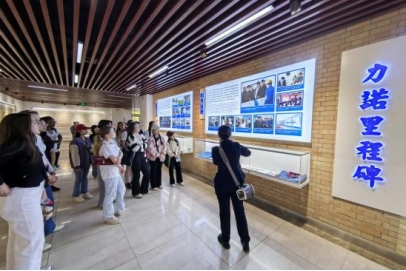
The first stop of the tour was the exhibition hall of the Linuo Group. Upon entering the hall, students gained a comprehensive understanding of the company's development and industrial layout. They paused in front of display cases, carefully examining medicinal ingredients and finished products. From Yin Qiao tablets known for their heat-clearing and detoxifying properties, to compound formulations that replenish energy and nourish the blood, each remedy embodied the TCM philosophy of turning the ordinary into the extraordinary, leaving the students deeply impressed. Additionally, the handcrafted glass art pieces displayed in the hall were especially eye-catching.Each piece exuded a unique charm, offering students a vivid experience of the harmony between art and technology.
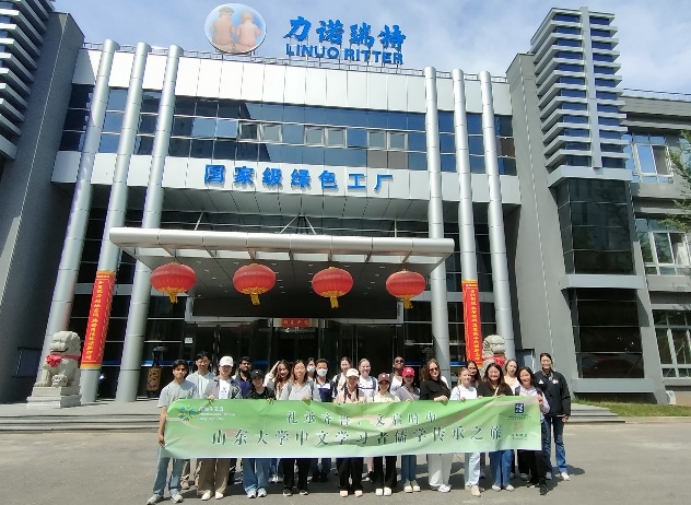
In front of the TCM cultural relief wall, ancient stories such as Shennong tasting a hundred herbs, the Yellow Emperor discussing medicine, and Bian Que diagnosing Duke Cai came to life. Students stood in quiet admiration, as if engaging in a cross-temporal dialogue with legendary healers of ancient China. Each relief acted as a marker of TCM civilization, tracing the wisdom of the Chinese people in their interactions with nature and their battle against illness.
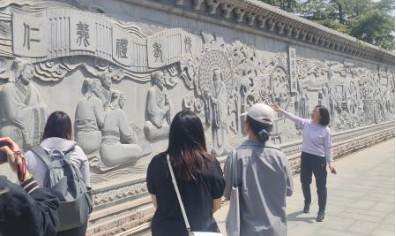
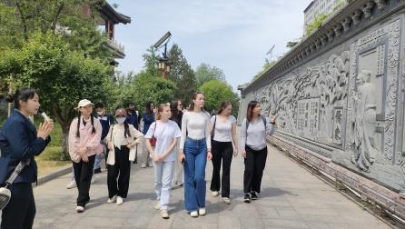
Beside the relief wall stood a solemn statue of Confucius. Guided by their teachers, the students respectfully performed the traditional bowing ritual, reflecting on the Confucian virtues of benevolence, righteousness, propriety, wisdom, and faithfulness.


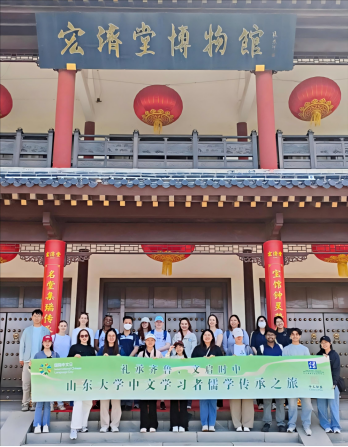
At the Hongjitang Museum, the students walked upon bronze bricks engraved with images of herbs and animals, silently narrating the ancient connection between nature and medicine. The story of the "golden chamber storing gelatin" was a gentle reminder of the exquisite craftsmanship behind Ejiao (donkey-hide gelatin). Exhibits included ancient medical texts, preparation tools, and secret health-preserving recipes. What the students saw was not merely a static collection of artifacts, but a living heritage that continues to blend with modern life and protect human well-being.
This field trip not only allowed international students to connect with the roots and spirit of TCM culture, but also offered a firsthand look at how Chinese innovation refines traditional wisdom into a poetic chapter of modern civilization.

